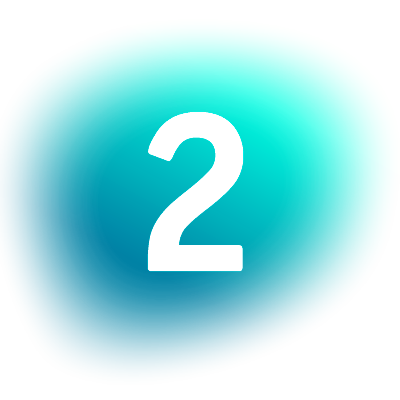http://lcotiv.com/tv/09714987647.html
La 2 (The Two) is a Spanish free-to-air television channel that was launched in 15 November 1966 as the second channel of Televisión Española (TVE), the country's public TV broadcaster. Its programming is centred towards cultural TV shows and public service programmes in comparison with La 1, its sister channel, which is a generalist one. Some of the channel's filming and production of programmes are produced in the studio of San Cugat del Vallés, in Catalonia.
The channel started broadcasting in 1966 on UHF frequencies. As RTVE was doing initial test broadcasts on that band, the channel in Spain was simply referred to as "UHF". It also received other names, such as "Cadena II", "Segunda Cadena", "Segundo Programa" or "TVE-2" until it adopted the name "La 2" during the 1990s, with the launch of private television networks.
In the 1960s, the Spanish minister of Information and Tourism, Manuel Fraga Iribarne, decided that Televisión Española should start broadcasting a second television channel on UHF frequencies, following other European broadcasters that did the same. In 1 January 1965, TVE's second television service was launched in Madrid as a test broadcast, with programming limited to 4 hours at night that consisted on musical slots and re-airings of TV shows from Primera Cadena, mostly Telediario newscasts and Estudio 1.
Regular broadcasts were started on 15 November 1966. TVE started producing original programming for the channel, mainly produced at the broadcaster's headquarters in Barcelona. UHF's first director was Salvador Pons Muñoz. In its first years, the channel could only be received on Madrid, Zaragoza and Barcelona, cities in which the UHF technology was implemented; it only aired at night and not all TV sets could tune in to. Most TVs couldn't receive UHF broadcasts, so an UHF decoder was needed.
As TVE's strategy evolved into turning the first channel into a generalist channel, niche programming was moved to UHF. Under the Salvador Pons administration, the second channel received artists from the country's Official Film School, such as Claudio Guerin, Pedro Olea or Antonio Mercero, people who would use the channel as a test zone to air alternative programming, such as documentaries or fiction shows. There was a high share of cultural programmes, like classical music blocks or theatre slots.
